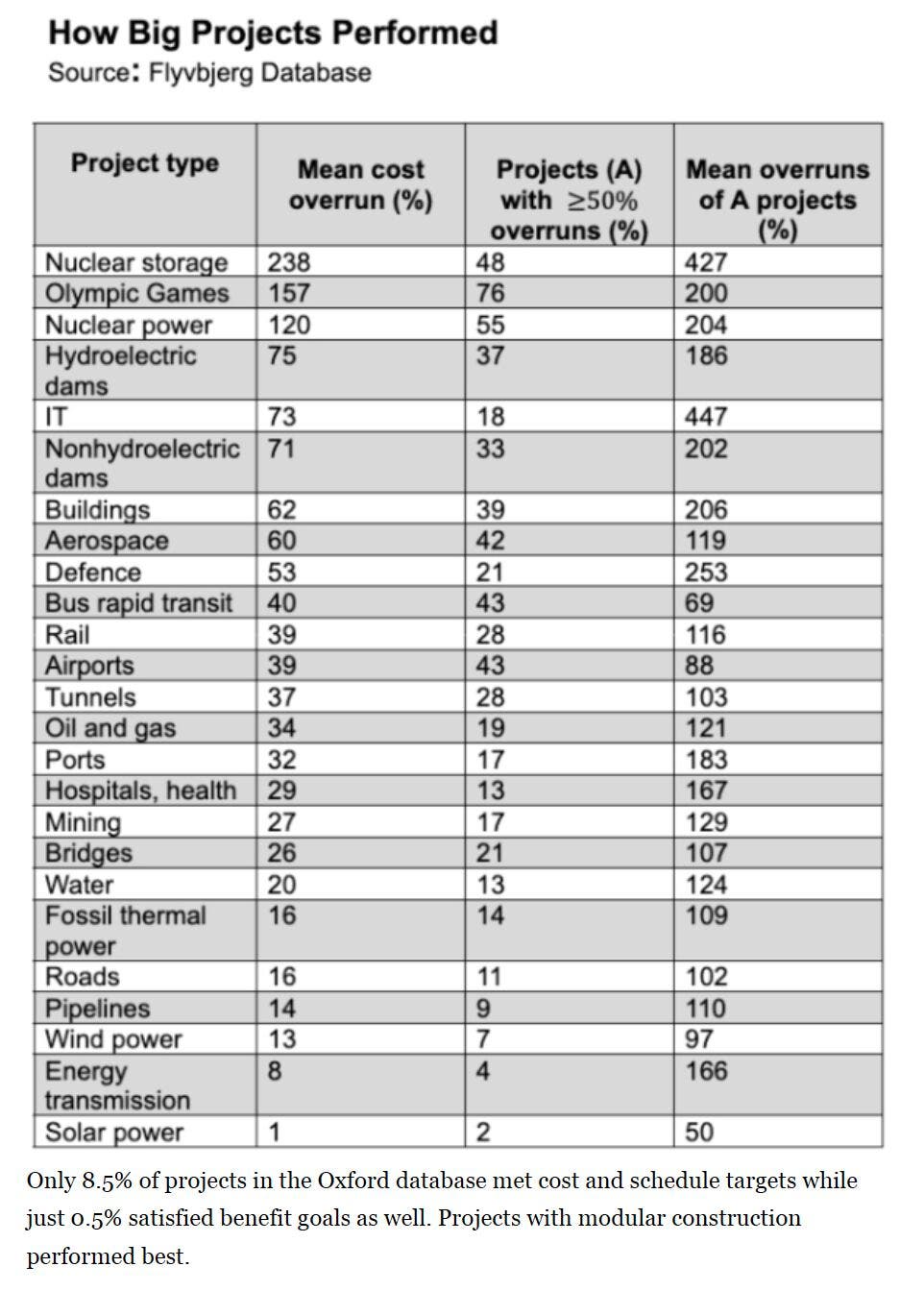Sign up for daily news updates from CleanTechnica on email. Or follow us on Google News!
The Olympics are upon us again, just as they are every four years. But this time it’s three years, because a global crisis delayed Tokyo’s contribution to the genre. A different global crisis is at least somewhat front and center for the French games. No, not social conservatives being offended by an opening ceremonies fashion catwalk Dionysian revel featuring cross-dressers, but global warming.
This Games had a bold-ish goal: “halve the carbon footprint of the Games compared with the average for London 2012 and Rio 2016.” Apparently those averaged 7 million tons of CO2e, the equivalent of 1.5 million cars’ annual emissions. Not a good look for something that has no powered activities, just human beings’ using their muscles, innate talent, and rather absurd amounts of discipline and training to try for the gold.
And increasingly, those human beings and their favored ‘amateur’ sports disciplines are at risk from climate change. Being from Canada, I happen to know that outdoor ice rinks where those that aspire to the female Olympic hockey team or male singles figure skating first stumble and fall are an increasingly endangered breed, with shorter seasons and slush patches in much of the country. Yes, even in a country of ice, snow, and jokes about igloos, increasingly ice skating is an indoor activity. The 2010 Winter Olympics here in BC were the snow-making Olympics, as another example.
More important for the Summer Olympics are heat waves. Just two years ago, France saw record temperatures in the heat wave that killed 60,000 to 70,000 people over weeks in the summer. Paris itself saw temperatures of 40° Celsius, or 104° F. Running marathons, competing in triathlons, or even doing most outdoor sporting events at those temperatures is not recommended for health reasons. Having athletes die on the course of heat prostration is also not a good look. Organizers are starting endurance events earlier and earlier in the mornings, following in the footsteps of equatorial countries. Singapore’s marathon starts at 4:30 AM, for example, 2.5 hours before sunrise, when the temperature is only 28° Celsius with 80% humidity, which just feels like 39° Celsius.
Planning for a lower-carbon Olympics predates those heat waves, but the fatalities no doubt silenced what nay-sayers there were in France. There are multiple things that the organizers have done, from the impactful to the symbolic to the silly or even inane.
One of the biggest things that they’ve done is not build a massive amount of new infrastructure. In fact, they’ve only built a single permanent new event facility, an aquatic center. Further, it uses cross-laminated timber modular components that were manufactured hundreds of kilometers away and assembled onsite like LEGO, leading to completion ahead of schedule, although not under budget. As I noted in my assessment of decarbonization of construction, engineered timber is one of the big wedges. It’s much stronger, so one ton of it replaces 4.8 tons of reinforced concrete, it has a much lower carbon debt per ton for extraction and processing than concrete, and best of all, a ton of engineered timber has sucked in a ton of atmospheric carbon dioxide over its lifetime, turning the carbon into wood fibers and breathing out most of the oxygen. Last but not least, its roof is coated with solar panels, sufficient to provide at least 20% of its energy needs.

All of the other event venues are either in pre-existing facilities or in modular temporary facilities that will be disassembled for repurposing or recycling.
The Olympic Village, which will host over 14,000 athletes during the Olympics and 8,000 during the following Paralympics, is mostly focused on repurposing existing industrial buildings in three neighborhoods in the metropolitan area. Building renovation instead of new builds is another huge wedge in construction decarbonization. The village locations are likely to be attractive new housing post-Olympics in one of the more densely populated cities in the world.
From a climate change perspective, construction at the Paris Olympics is a definite gold medal. There is a very reasonable concern about the rapid gentrification of the Olympic Village sites displacing disadvantaged people renting and squatting in the Village areas. Thousands of homeless and semi-homed undocumented immigrants have been put on buses to other French cities over the past year, per the New York Times.
However, this assessment isn’t about social justice, but about climate justice, which has a strong social justice component regardless. Many of the undocumented immigrants in Paris are from the Middle East and Northern Africa, places increasingly destabilized by climate change. After all, the Syrian refugee crisis was in part caused by climate change, with poor farmers and grazers displaced from the land by a climate-change exacerbated drought, leading to a surfeit of easily radicalized, under-occupied, desperate men in cities. Addressing climate change is a global, social-justice good, but it’s going to lead to local, social-justice ills.
Transportation is a mixed bag. How good can it be when 1.5 million foreigners and 4.5 million French citizens are expected to travel to witness some or all of the Games? Many of them will be flying or driving their internal combustion vehicles from around France and Europe.
France certainly made an effort on this front. Inside the metropolitan area, it beefed up its electric subway and rail system, completing the efforts on time, if not on budget. Originally, it had thought it would make transit free, but instead residents will have the same price for transit passes while visitors will pay double. Further, the trip to the sailing venue hundreds of kilometers away will enabled by beefed up regional rail, with more locomotives and trains.
That will certainly still be much better for anyone trying to get around than by driving. There are big areas in Paris with restrictions for everything except pedestrians and cyclists, from QR-coded vehicles for locals, professionals, and some visitors to zones that are pedestrian and cyclist only. The intent is that this will be a transit Olympics with lots of left-behind, high-value rail.
There’s inanity on the driving front, however. Toyota is reportedly the biggest individual sponsor of the Games, with US$835 million pledged in 2015 covering four Games. And Toyota remains deeply irrational on the subject of hydrogen in transportation. As a result, the official car of the Paris Olympics is the hydrogen-fueled Mirai, the car which has seen collapsing unit sales outside of Japan for the past three years. Virtually everyone now agrees that light vehicles aren’t a market for hydrogen and fuel cells.
This led 120 scientists and engineers to author and sign a letter calling on the Paris Olympics to reverse this decision, as it was promoting a non-solution to climate change on one of the biggest and most viewed stages in the world. I know roughly 10% of the signatories, some of them reasonably well, but not being a PhD or PEng, I was not asked to be a signatory, something I certainly would have done.
It’s unclear why the Olympics thought this was a good idea, as Toyota long ago stated that it wouldn’t be renewing its sponsorship, and Paris is already home to far too many Toyota Mirais as a result of the EU’s profligate spending on the hydrogen square peg for road transportation’s round hole. Hype Taxi has received around €55 million for its hydrogen taxi fleet in Paris and expansion to other cities. That means that hydrogen hype will be featured on innumerable screens around the world, setting back rational transportation policy.
This isn’t the only transportation inanity at the Games. German startup Volocopter’s eVTOL air taxi scheme managed to get through last minute regulatory thickets and will be flying perhaps a couple of times an hour between a barge in the Seine and a couple of airports, carrying one affluent or connected passenger plus hand luggage at a time.
To be clear, Volocopter isn’t the worst of the urban air mobility startups out there, at least leaning into relative simplicity with a bunch of smaller electric motors and props on a big circular frame above the cabin instead of origami folding airframe or wing nonsense. But this too is another misstep on the part of the Olympics. While electrified flight makes perfect sense, it’s going to be fixed wing from airports for a long time. Urban air taxis are a non-existent market that is a delusion of the deeply affluent and the startups taking money from them. I’m sure that the dying eVTOL industry will be temporarily revitalized, sucking more money away from actually useful aviation innovation and decarbonization. Lots of special purpose acquisition companies (SPAC), aka one of the latest pump and dump market vehicles exploited by Wall Street bros to fund their islands and collections of Maseratis in the urban air mobility space. Fools and their money.
Not a great choice for a climate Olympics. Certainly the Mayor of Paris and most city councilors were against it, focusing on real solutions for urban transportation, including transit, restrictions on personal vehicles, bikeability, walkability and the 15-minute city urban planning strategy. A handful of people flitting through the sky dreaming of the Jetsons every hour isn’t an urban transportation solution, just a folly for the affluent with a side-helping of increasing risk for everyone on the ground.
And finally to the positively symbolic, with a side helping of inane. The Olympic torch is a symbol of peace, unity, and friendship among nations. It originates from the ancient Greek tradition, where a sacred flame burned throughout the duration of the Olympic Games. The modern torch relay, which began in 1936, represents the connection between the ancient and modern Games, as well as the transmission of Olympic ideals from Greece to the host city. The torch’s journey symbolizes the bringing of the Olympic spirit to people around the world.
Nothing in there is about climate change, but let’s face it, it’s a huge open gas flame burning for a long time. It’s bad flaring of natural gas, so there’s lots of methane slippage to go with the carbon dioxide emissions. Not a good look, when you think about it. Certainly many of the tinier delegations of athletes to the Olympics likely have been aware of it for years. Fiji, for example has 17 athletes at the Games, and it’s one of the most at climate risk nations in the world. Kiribati’s handful of athletes are likely aware for the same reason, as is the sole representative of Nauru.
But not in Paris. They have innovated in multiple ways beyond not just wasting nearly as much money on edifice complex failures that were fated to crumble, as happened in Rio de Janeiro, Montreal, and Athens. One of those ways is the Olympic Flame. It’s flameless.
While it looks somewhat like the ancient Montgolfier hot air balloons that the brothers flew in Paris in the 1780s, it’s actually just a giant helium balloon. The ‘flames’ are LED floodlights shining through water vapor emitted from the round base. When the two French athletes — speaking of social justice, both athletes of color — ‘lit’ the Flame with their twin Olympic Torches after the oldest living 100-year-old French Olympic medalist lit theirs, some technician pressed a button and the vapor started going and the LEDs were turned on.
Then the balloon rose into the air, tethered by a hose and electrical connection to provide the water and power for the show. It will rise every evening at sunset to float tethered for a couple of hours.
Note that at no point is hydrogen mentioned in any of the above. There is no mention of hydrogen in any of the Olympics material I found about the flame. That hasn’t stopped an awful lot of journalists from assuming it’s a hydrogen balloon, but there’s zero reason that the gas would be used when much less flammable helium has been used for things like this since about a century ago. So, more silly promotion of hydrogen, leading to lots more nonsense to stamp out in the coming years. I’m sure that the hydrogen blimp types making bank on the inane idea that they are going to deliver the substance inside of their vessels — and then what, truck the deflated blimps back? — are rubbing their hands with glee and telling more hydrogen-infused porkies to existing and potential investors.

Despite the limited construction and focus on reuse, the Games still managed to go well over budget, 115% per Professor Bent Flyvbjerg, a global megaprojects expert. The table above is Flyvbjerg’s material, a variant of that contained in his book with Dan Gardner, How Big Things Get Done, the top of the charts business book of 2023. (Full disclosure: my material on the natural experiment of nuclear vs renewables in China since 2010 is also in that book, but I receive no compensation from its sale.)
The 115% is under the average of 157% cost overruns, so I guess that makes this Games a fiscal success by comparison. Well, no.
From a climate perspective, while I appreciate the athleticism, thought the opening ceremonies were marvelous if occasionally perplexing — Celine Dion’s role, for example — and love the focus on building reuse, engineered timber and transit, it’s hard for the entire event to be a podium placer when literally millions of people are flying to and from it from around the world. This isn’t a climate conference where thousands of people are working on hard and knotty problems all day, this is just a bunch of buff young people selling advertising space.
For the Olympics, you have to go back before the Olympics became an absurd TV spectacle with millions flocking to see them to do better than Paris has. Gold medal under that lens. But for an actual climate-friendly Olympics, the millions of flying and promotion of inane climate distractions means that they don’t even reach the podium.
Have a tip for CleanTechnica? Want to advertise? Want to suggest a guest for our CleanTech Talk podcast? Contact us here.
Latest CleanTechnica.TV Videos
CleanTechnica uses affiliate links. See our policy here.
CleanTechnica’s Comment Policy





